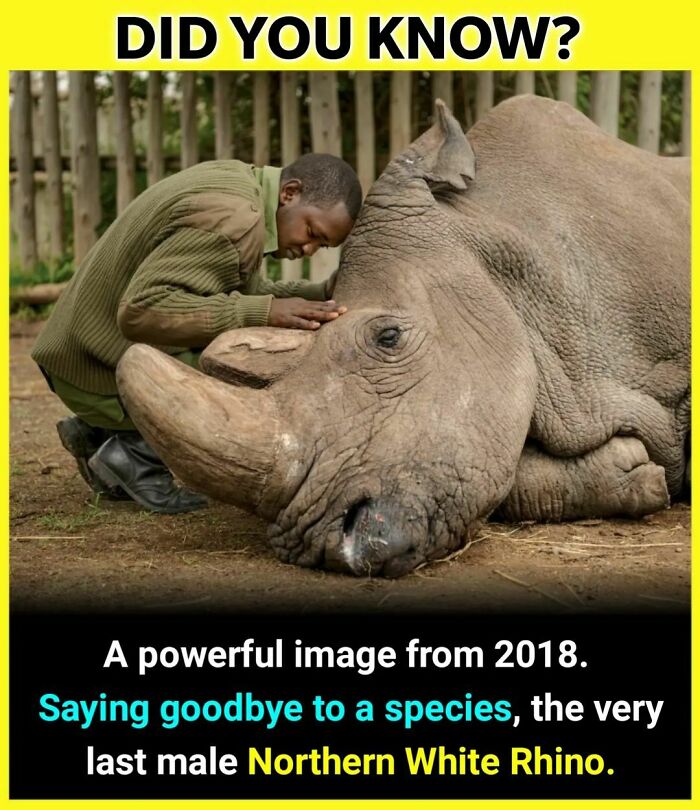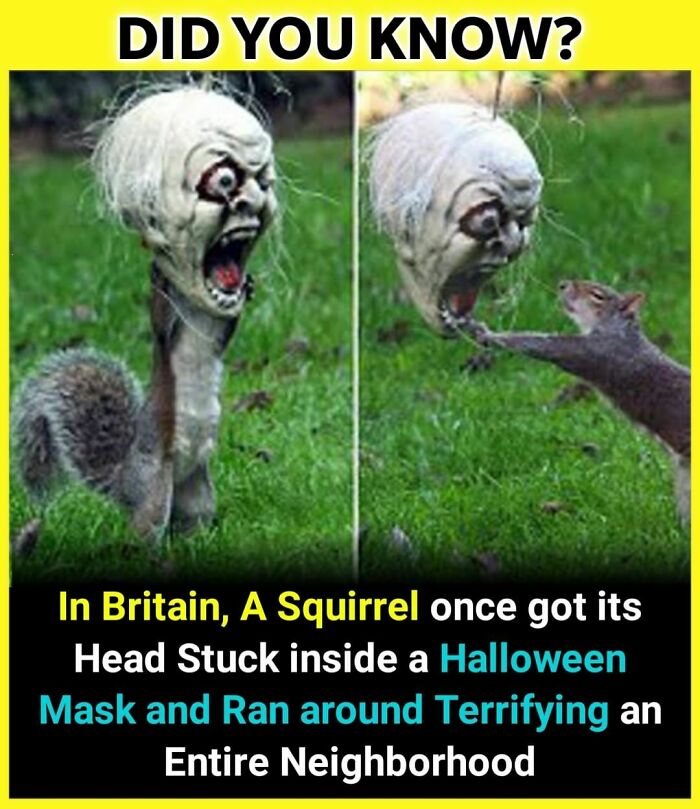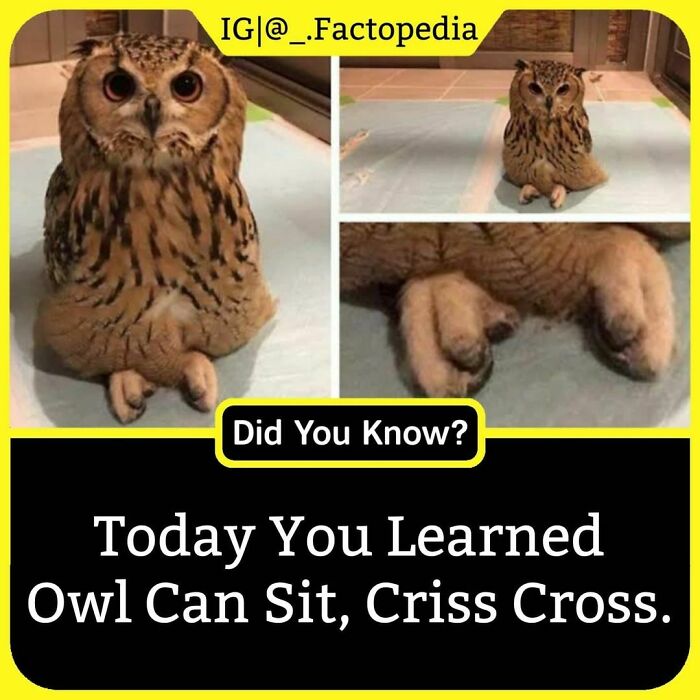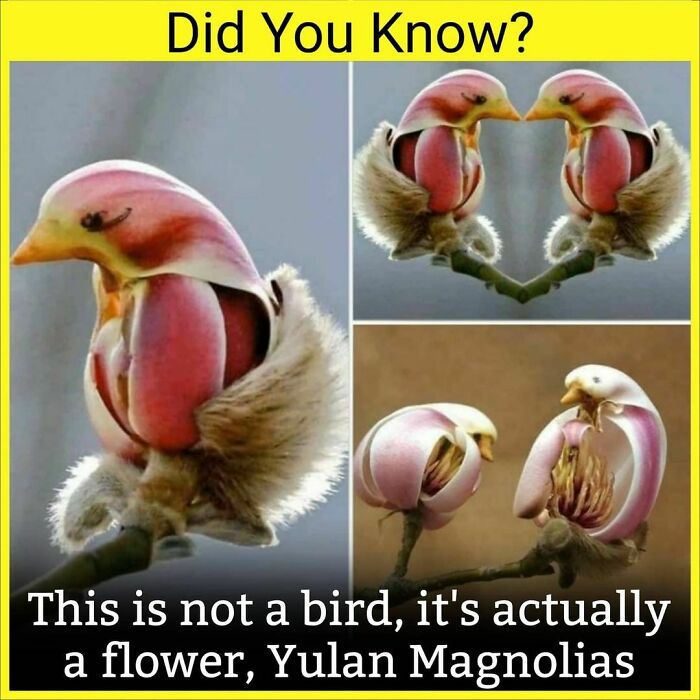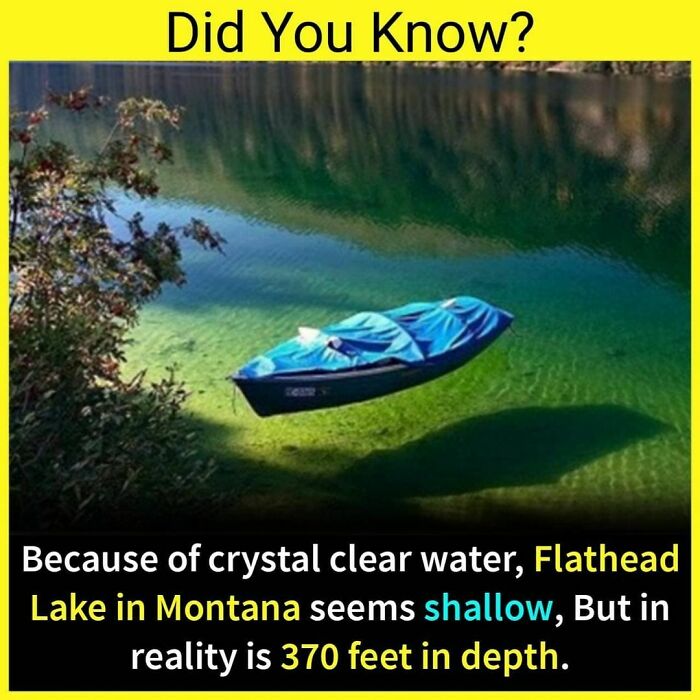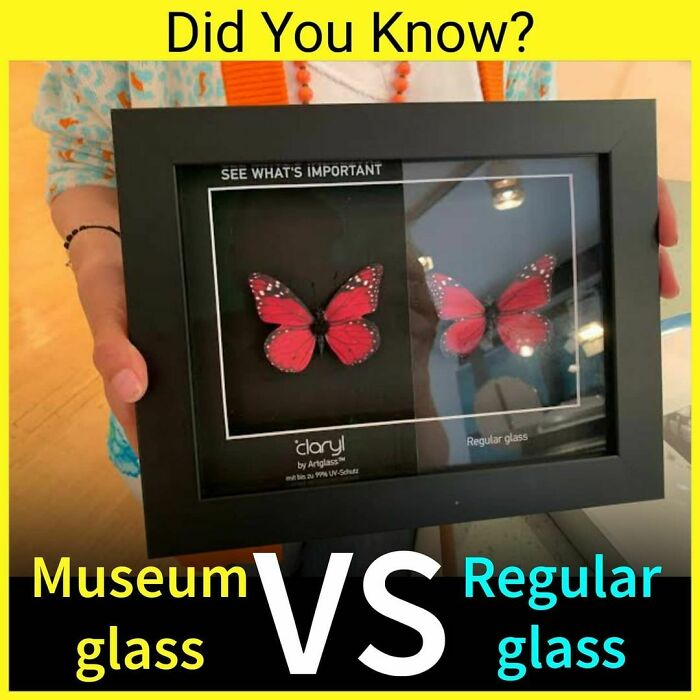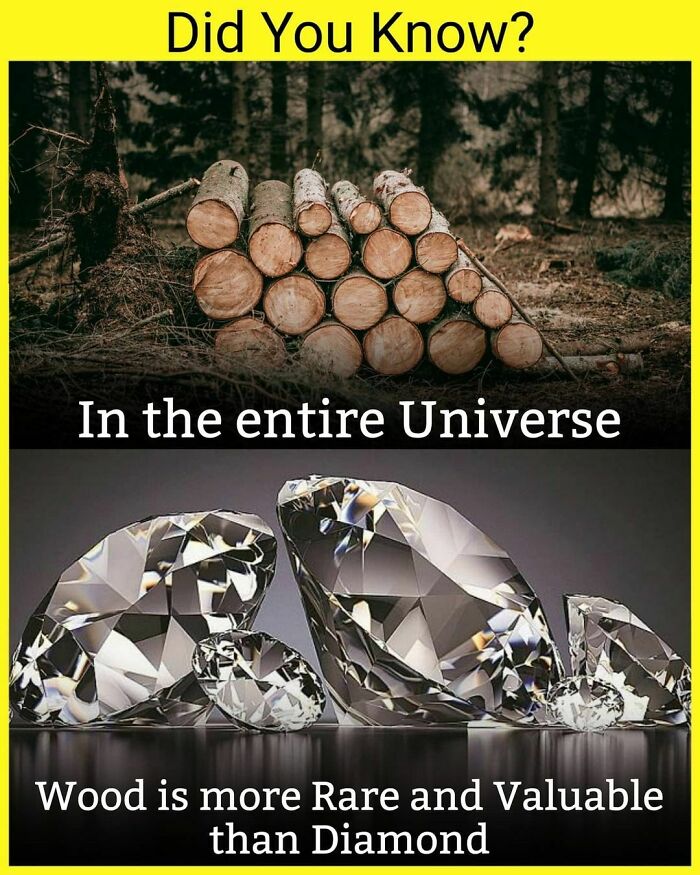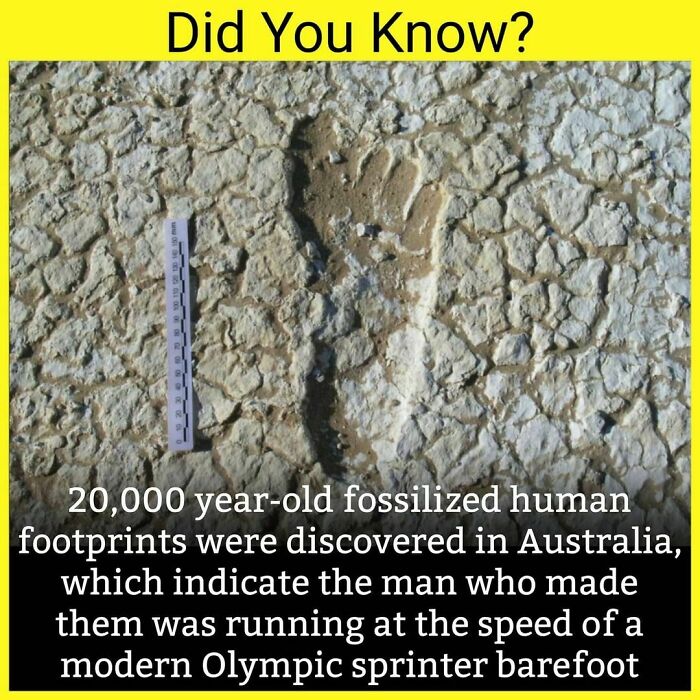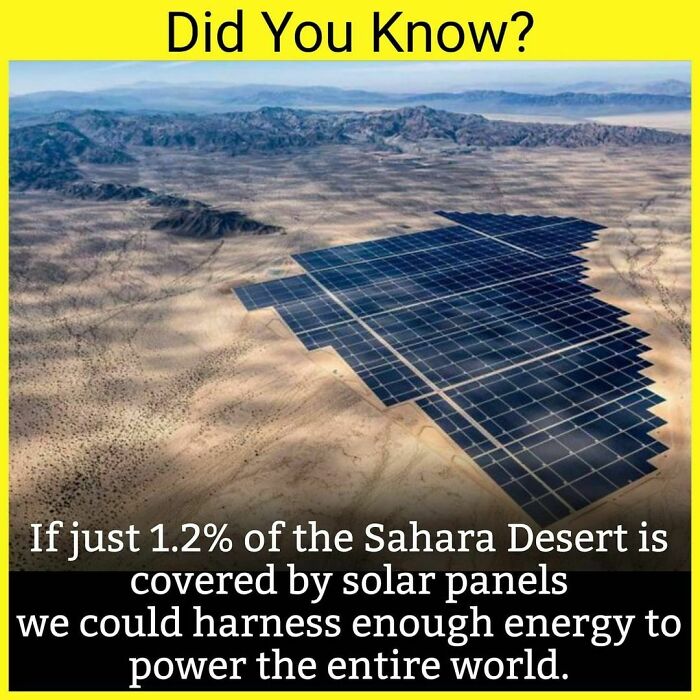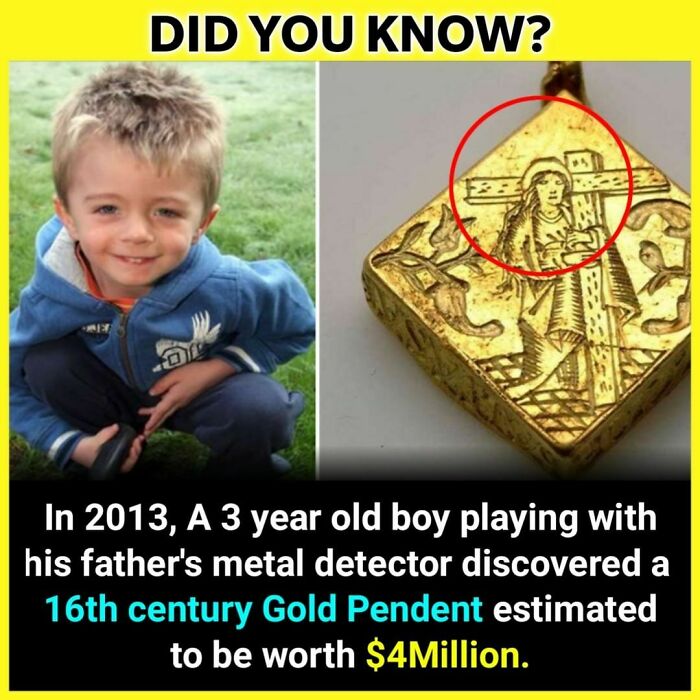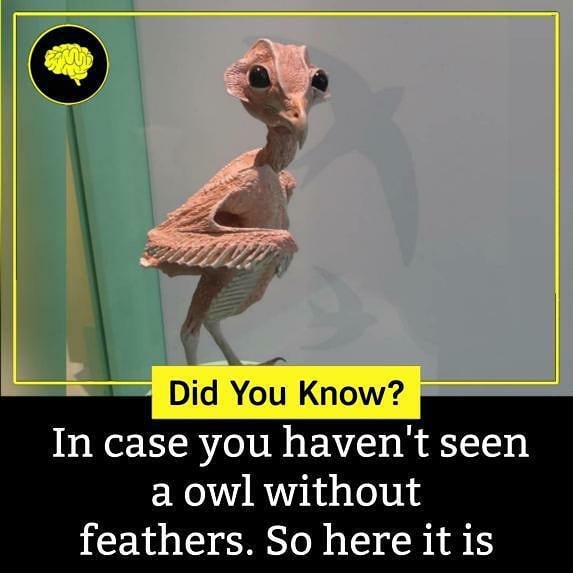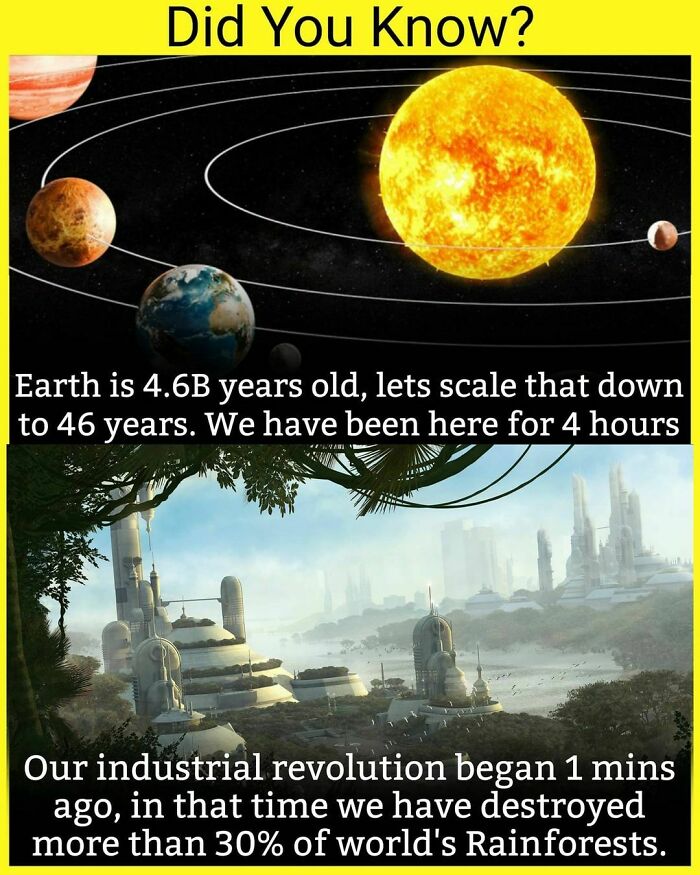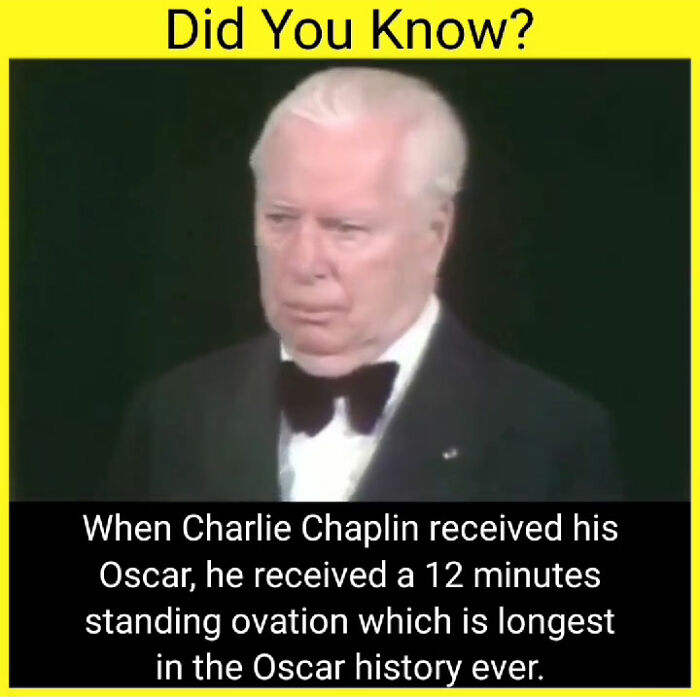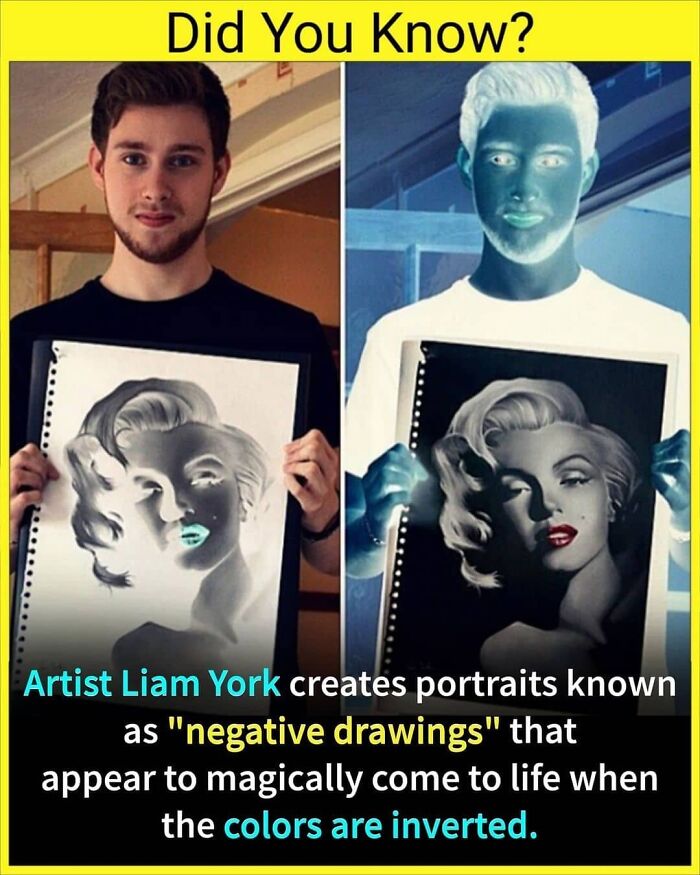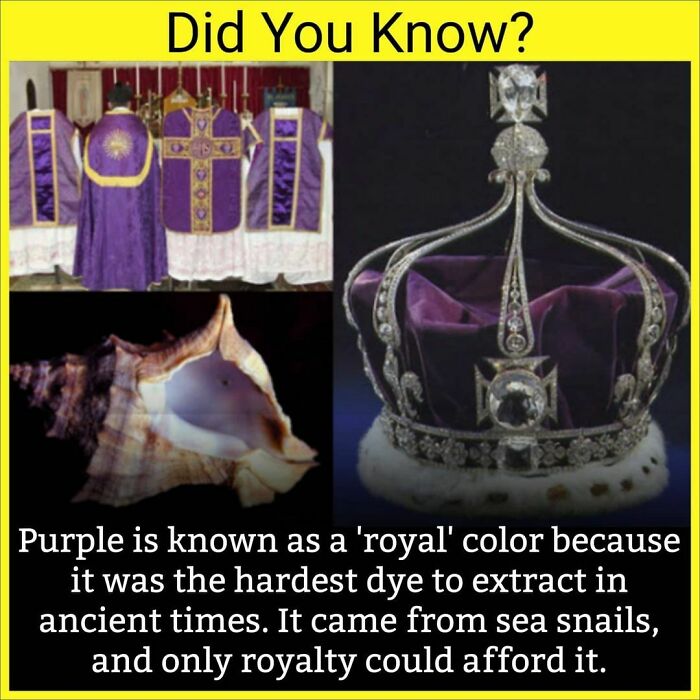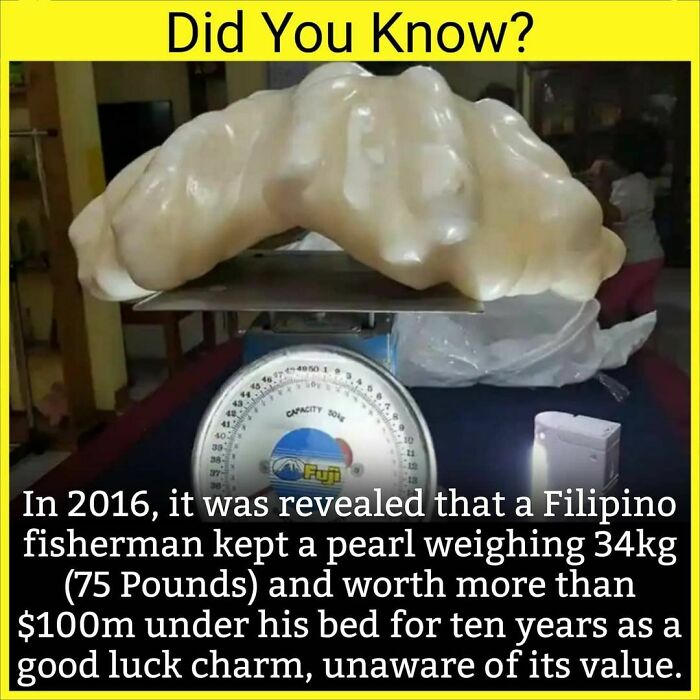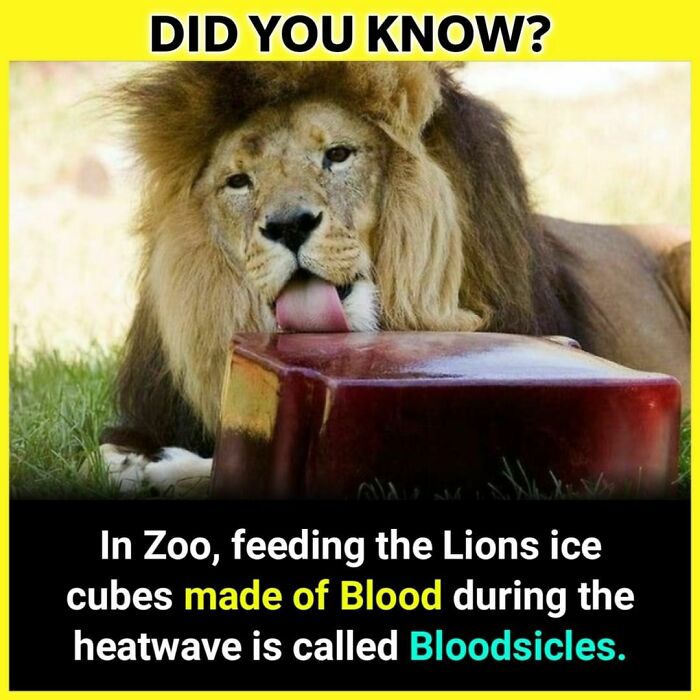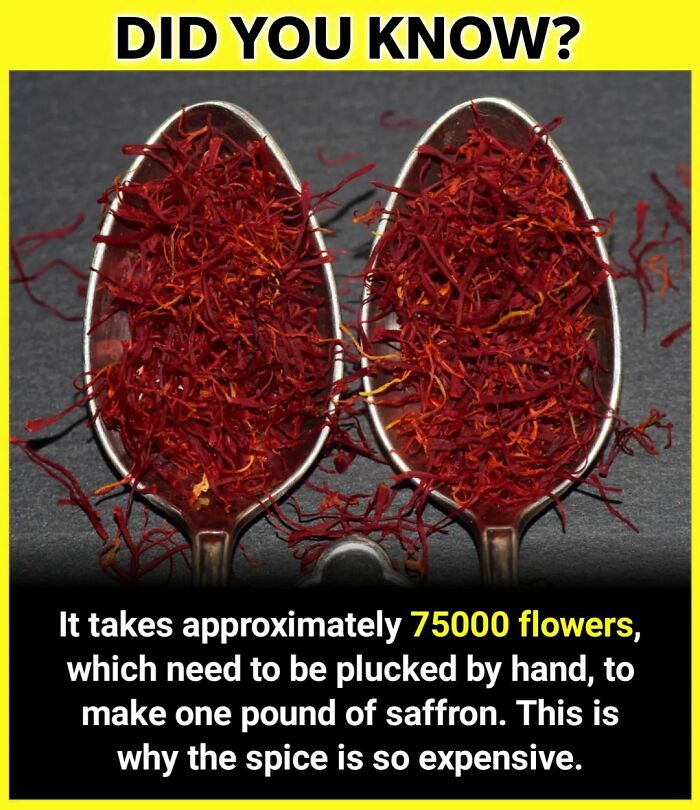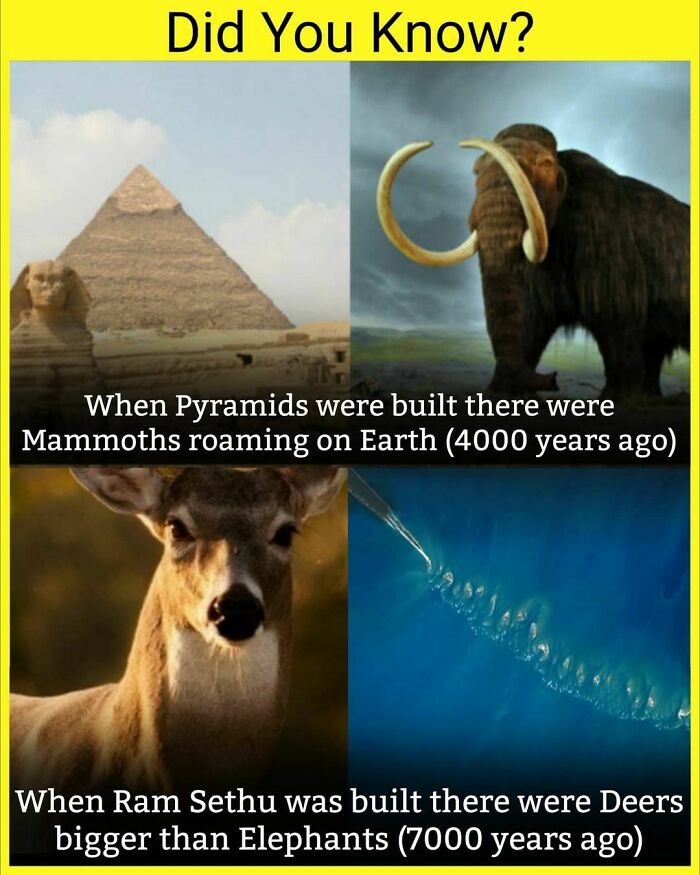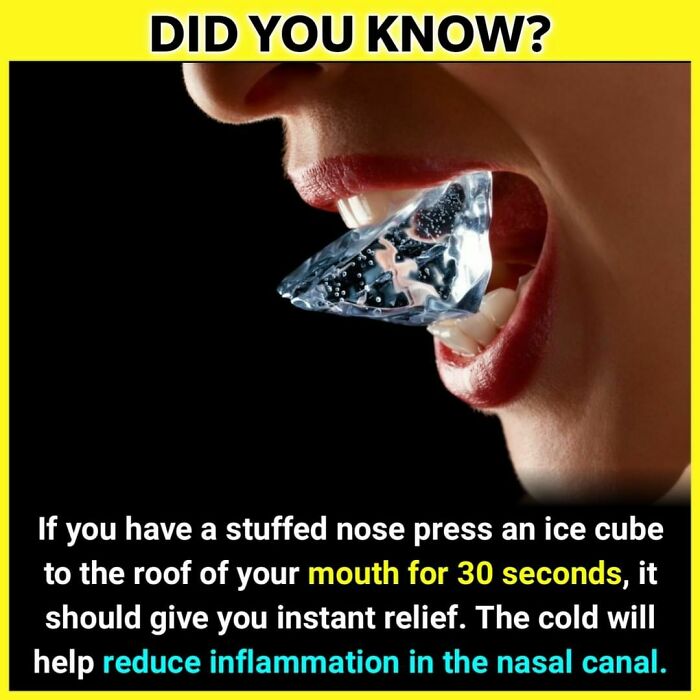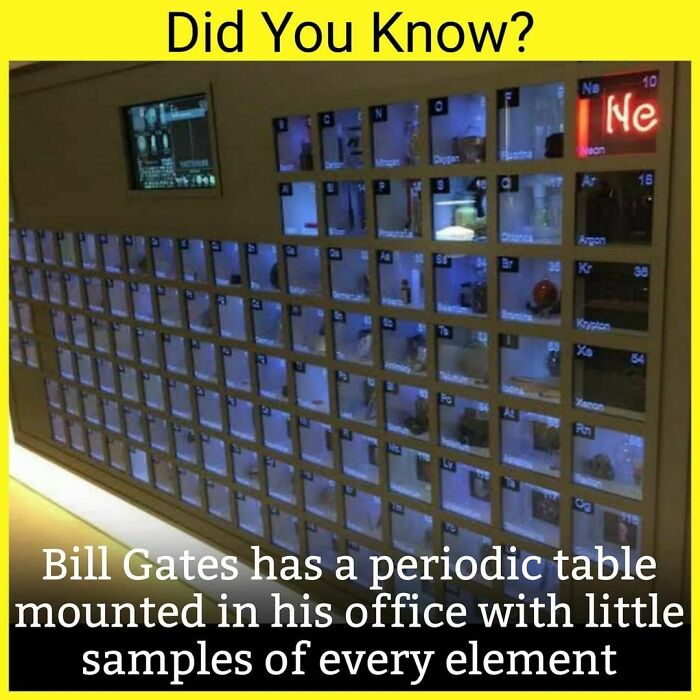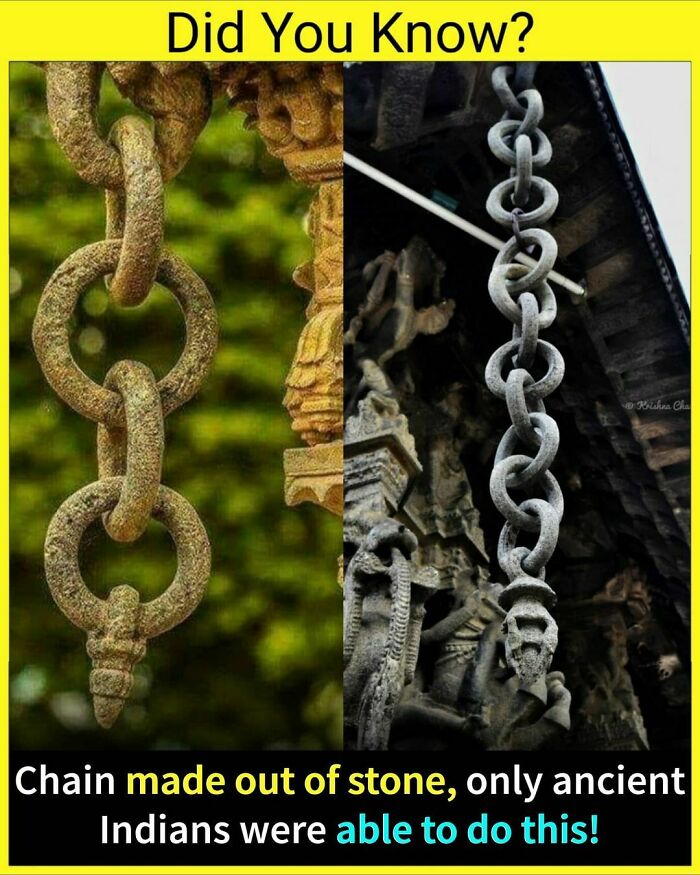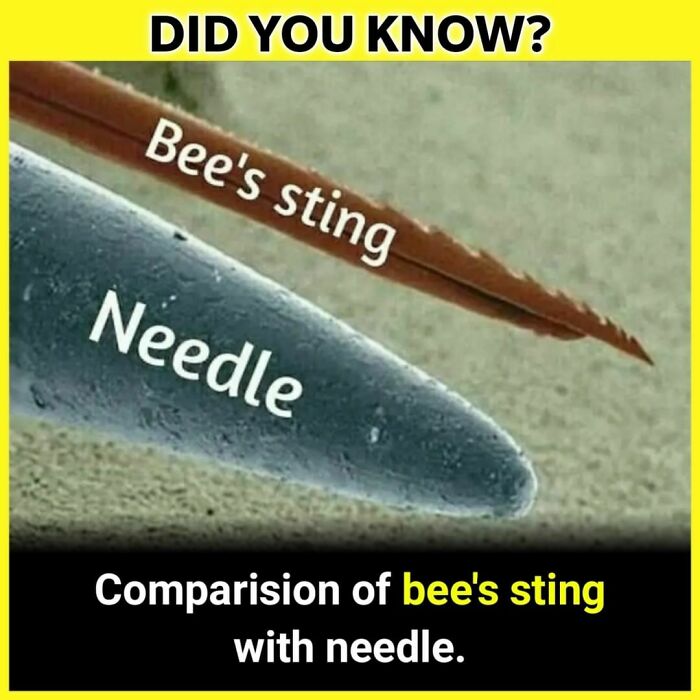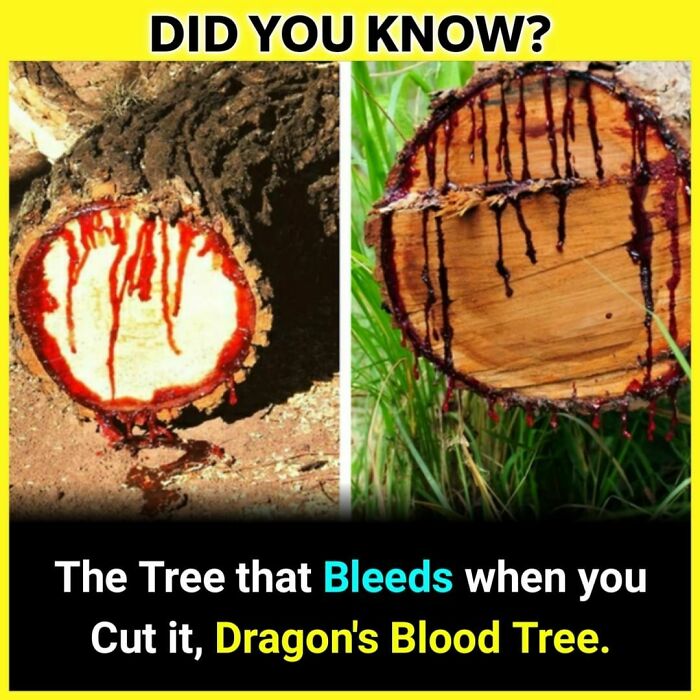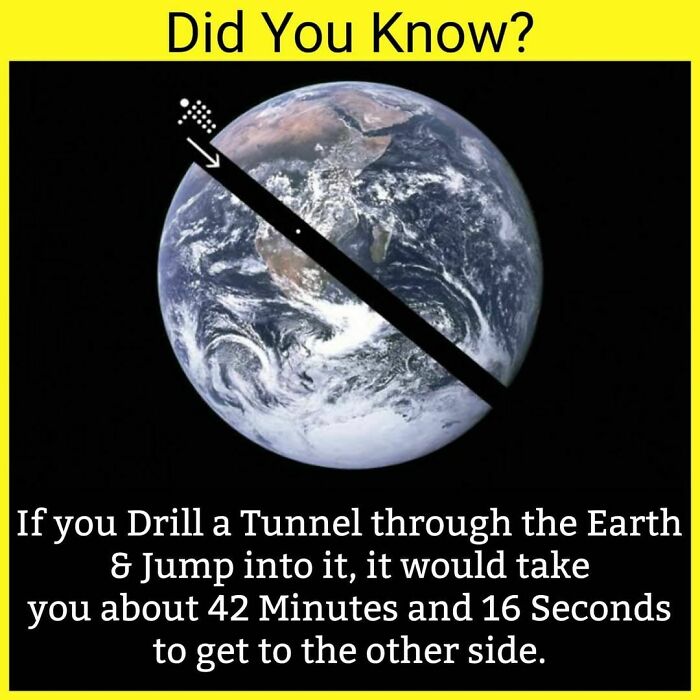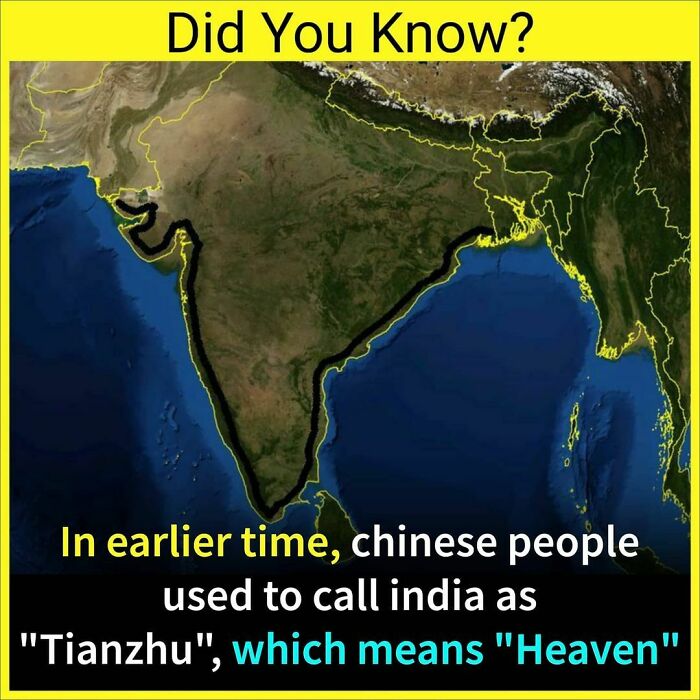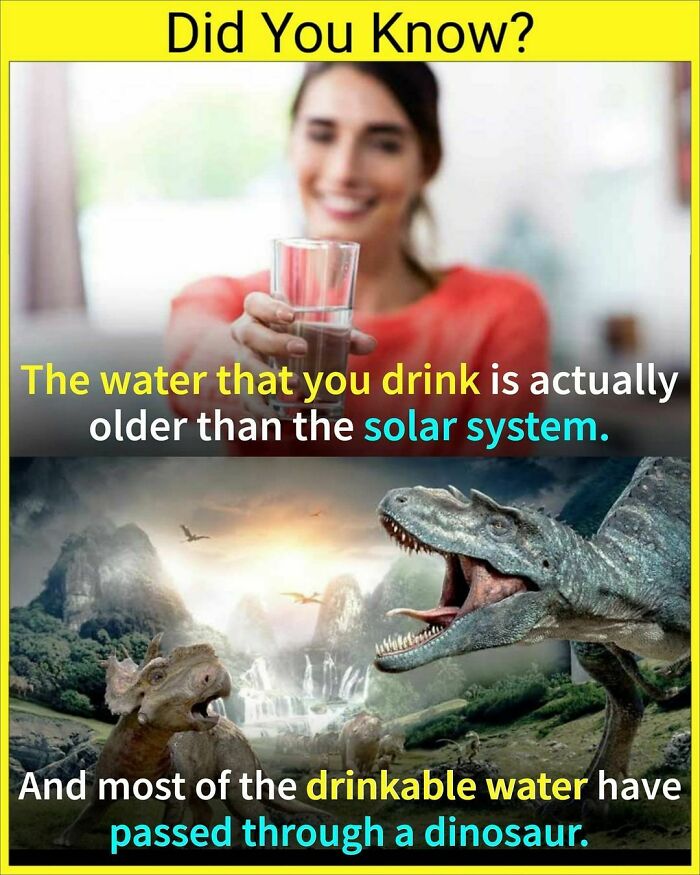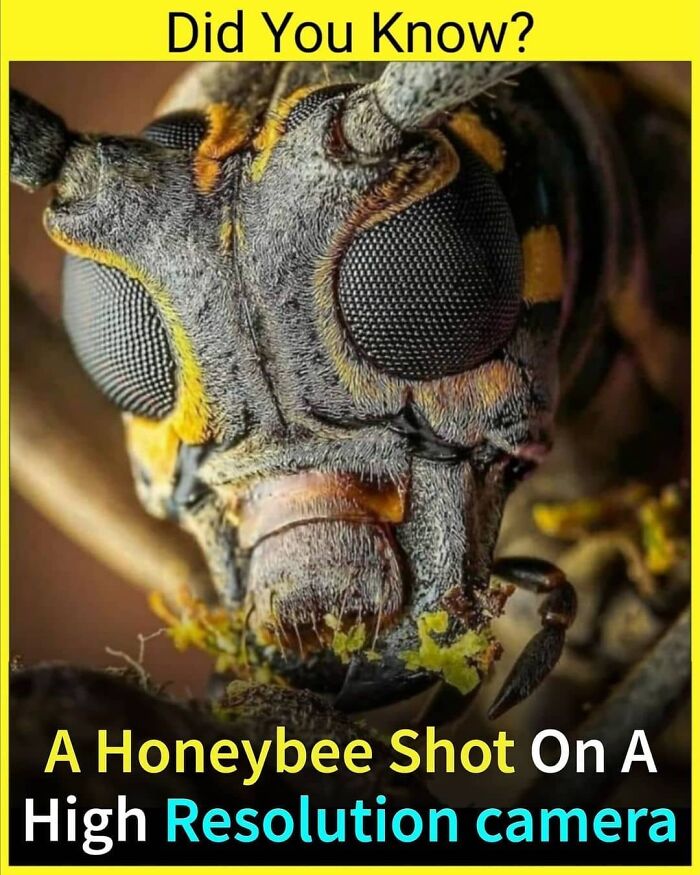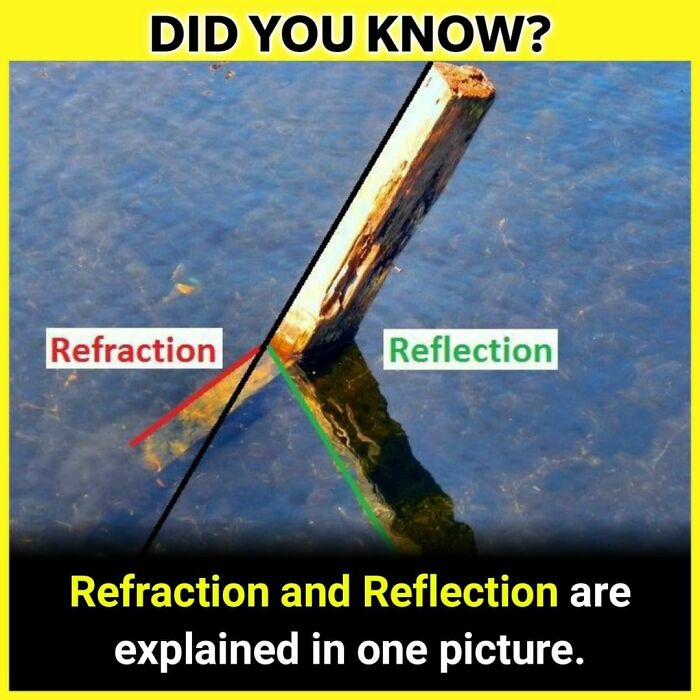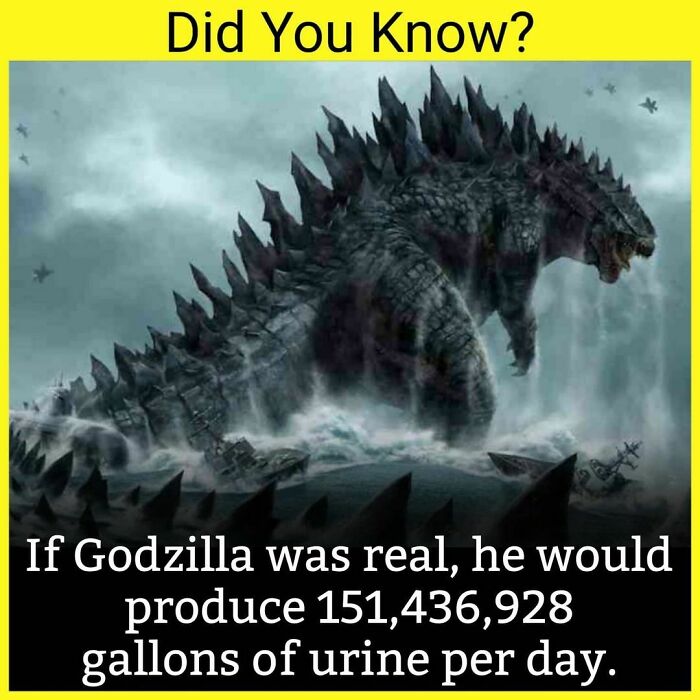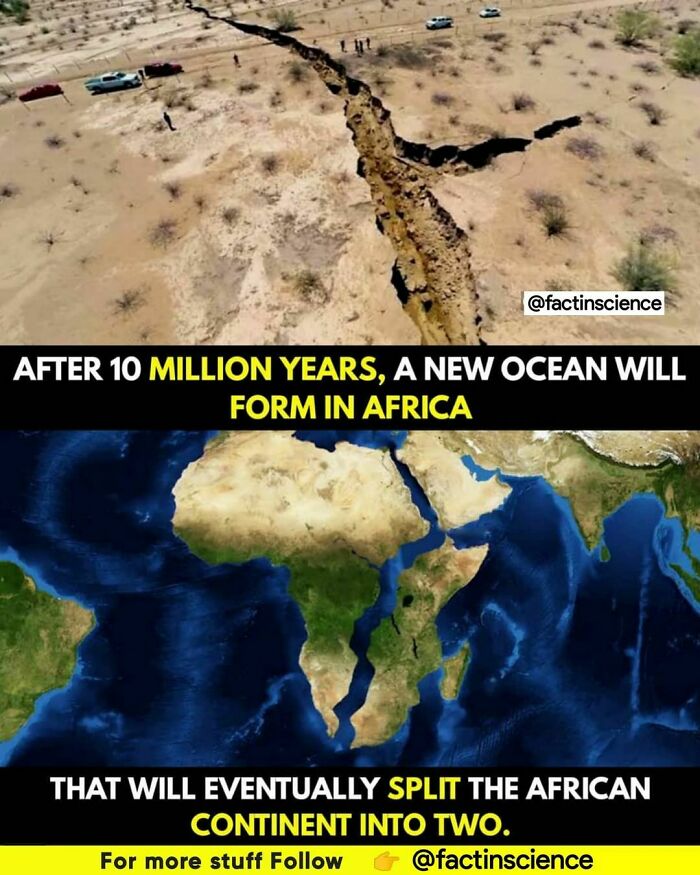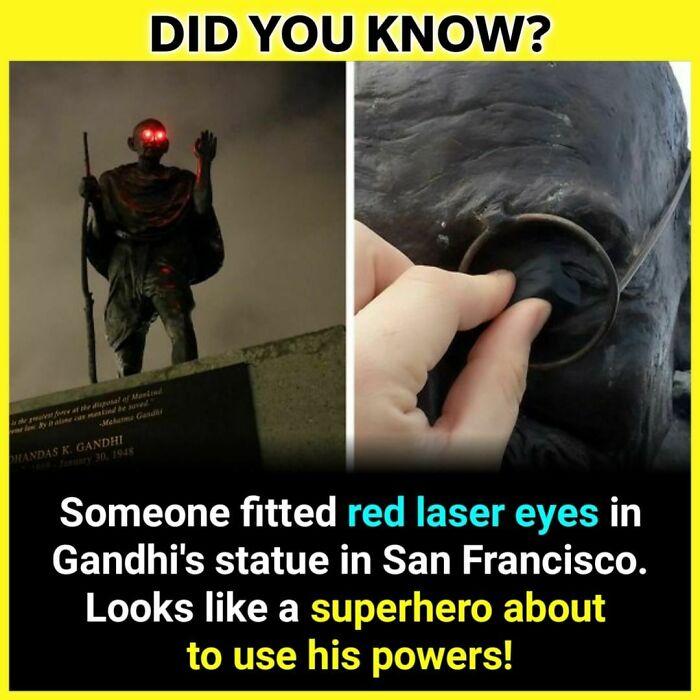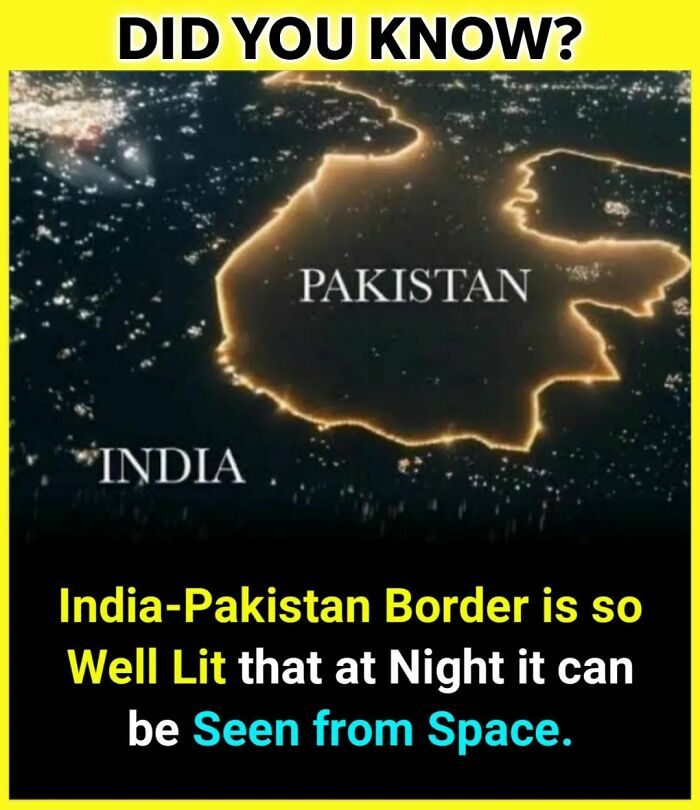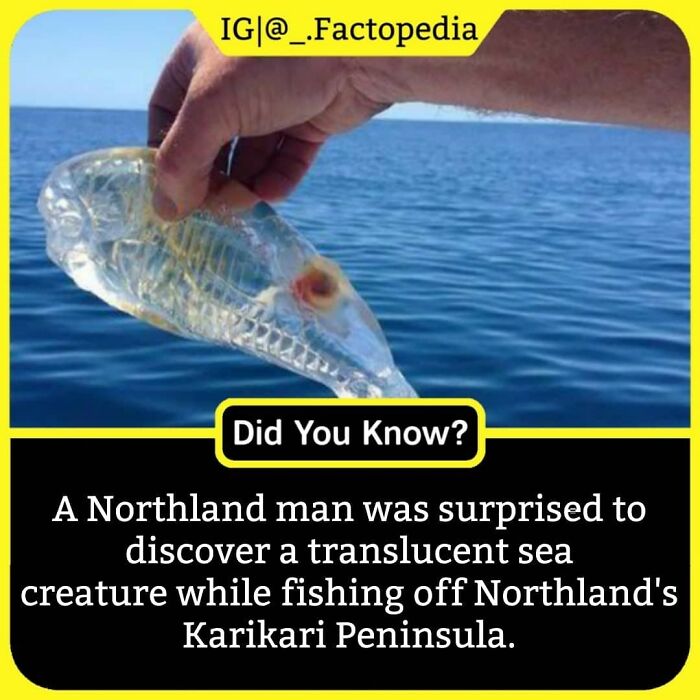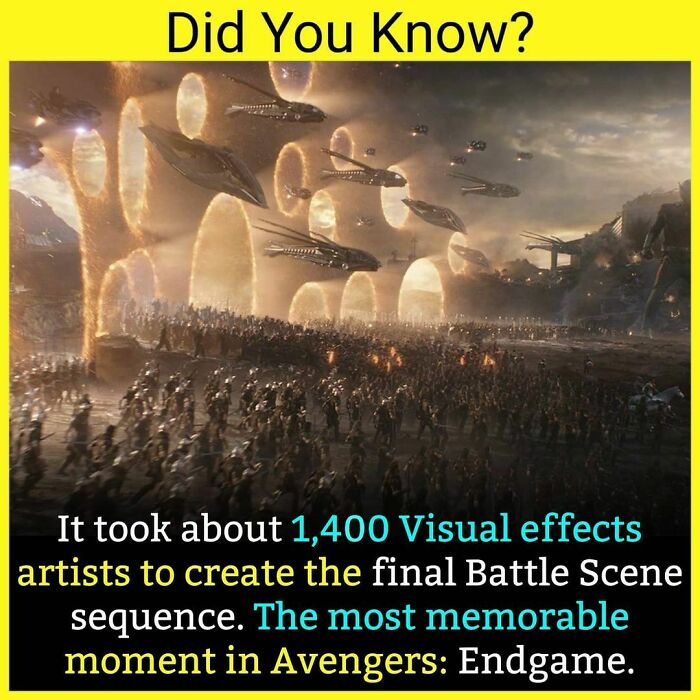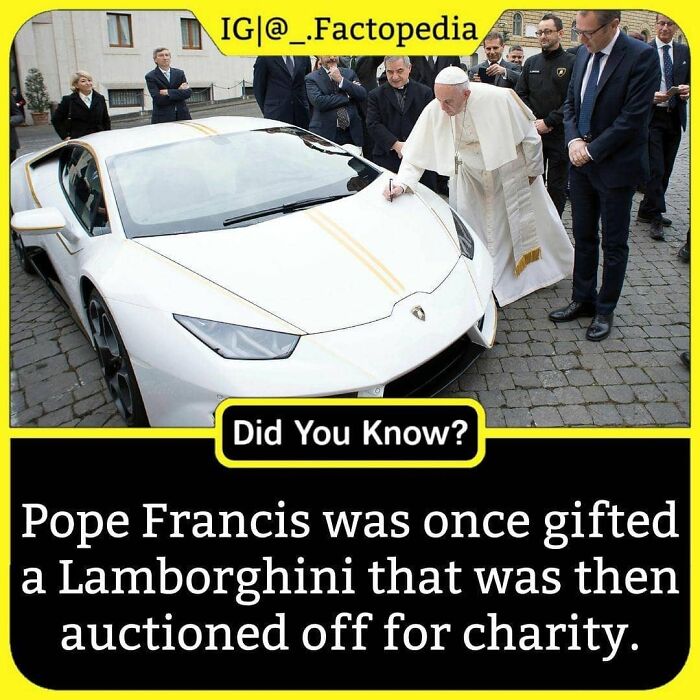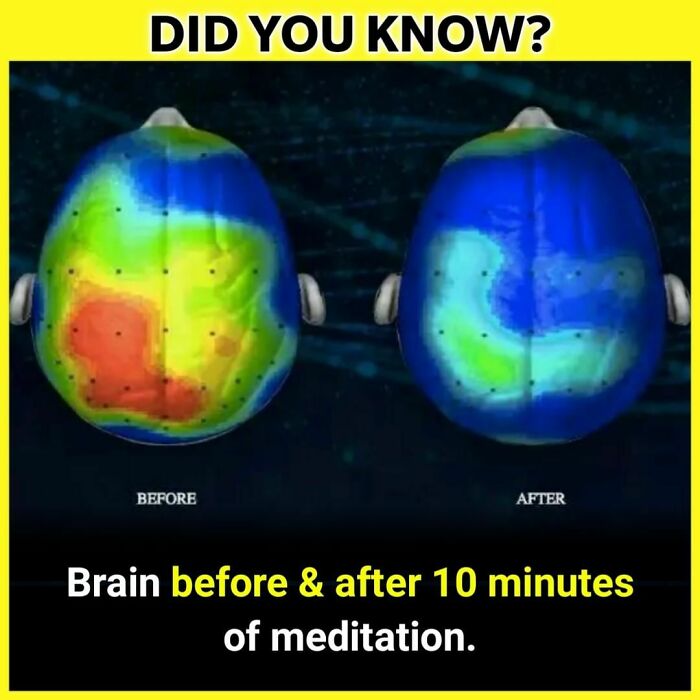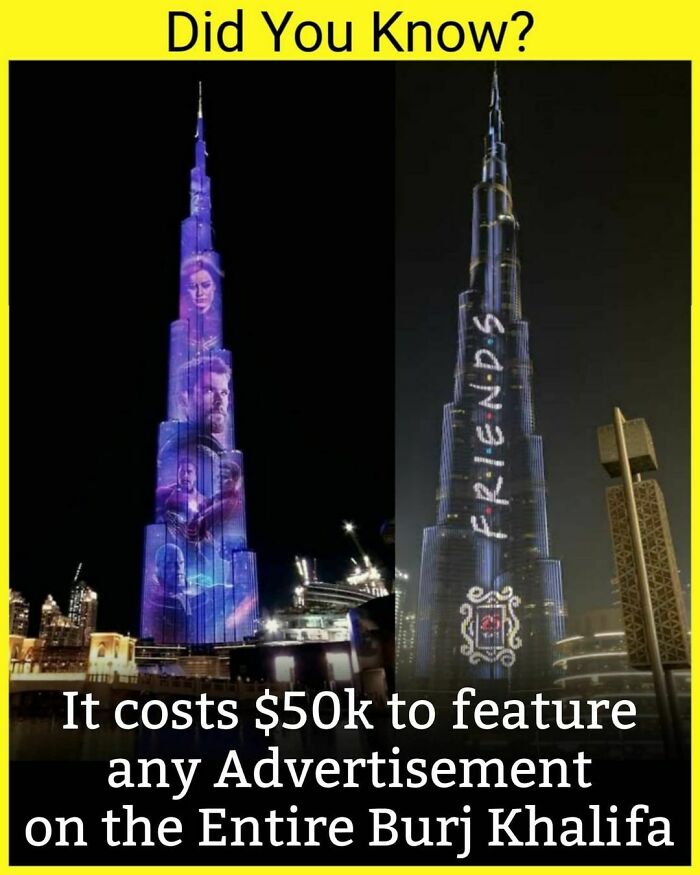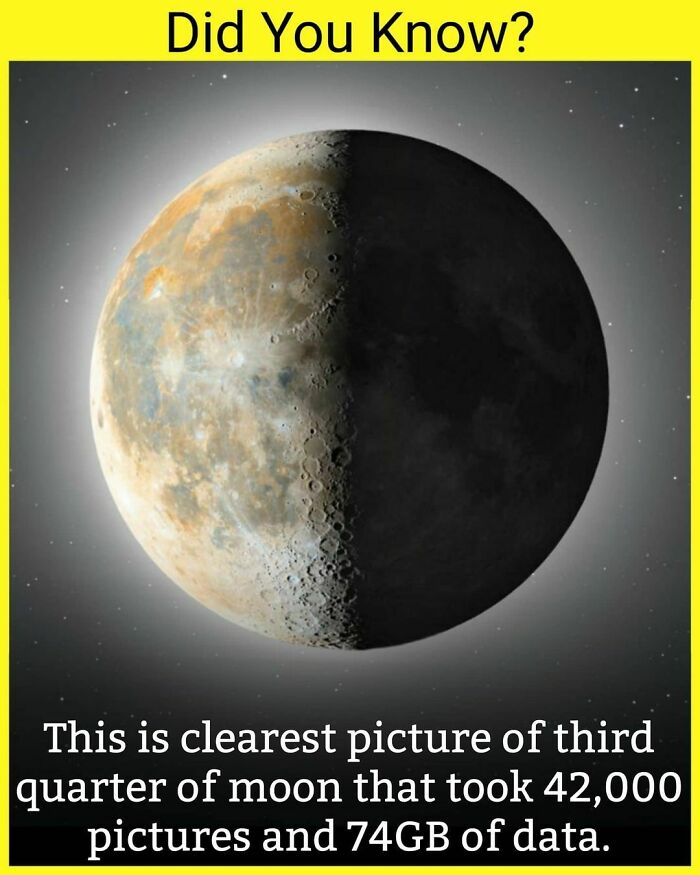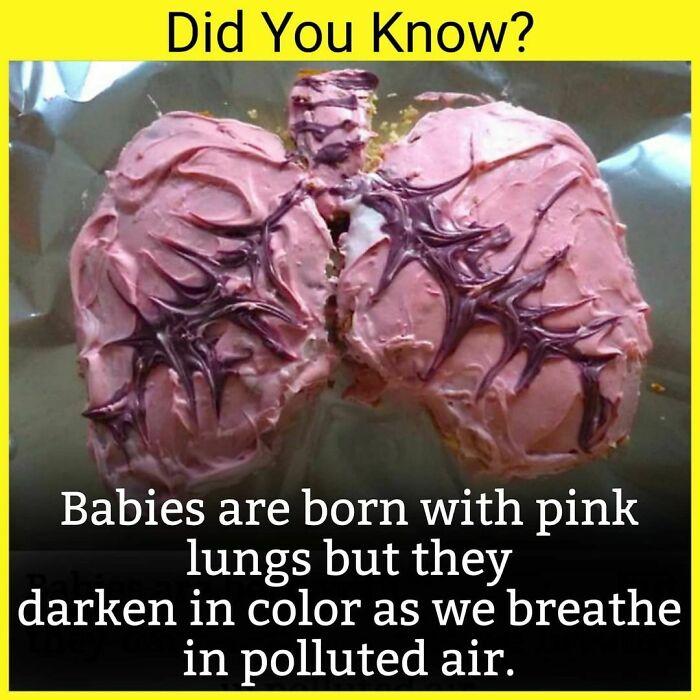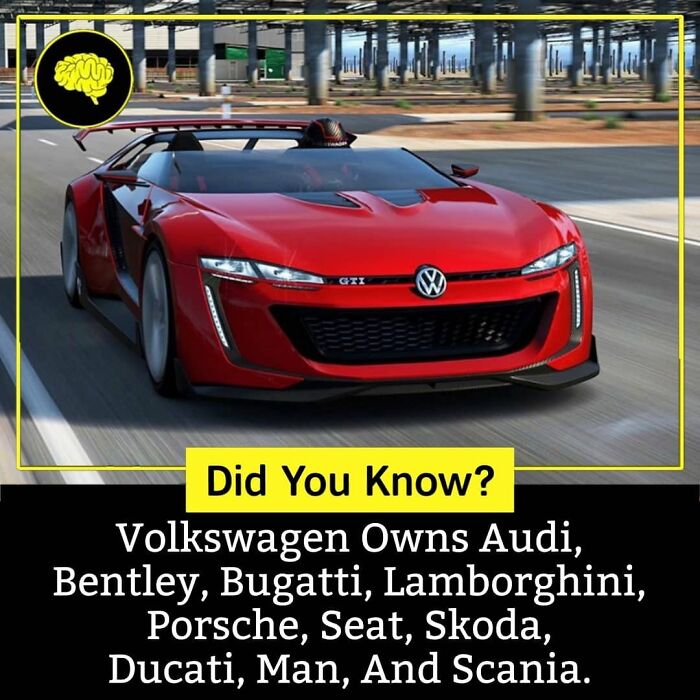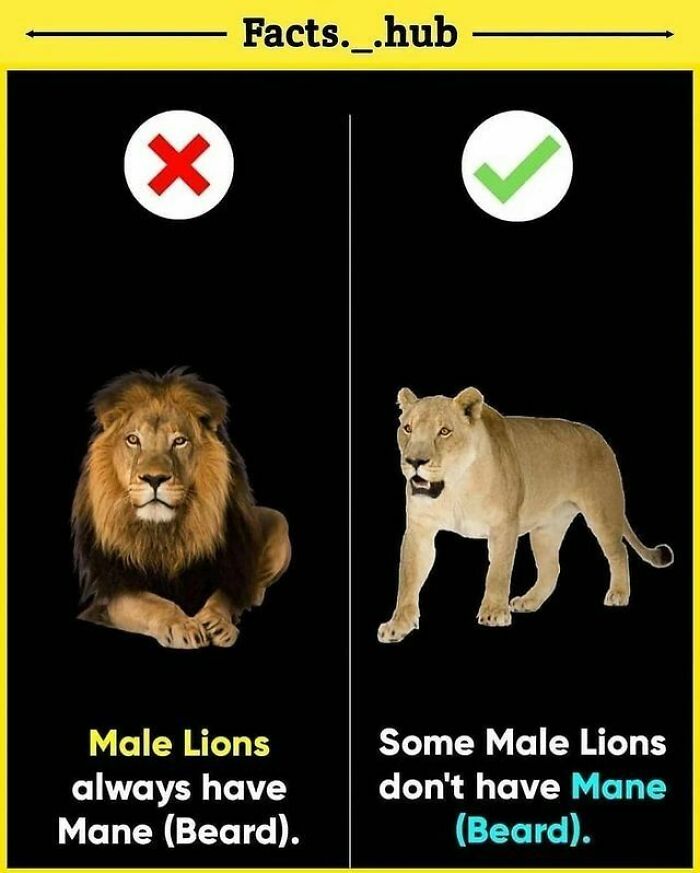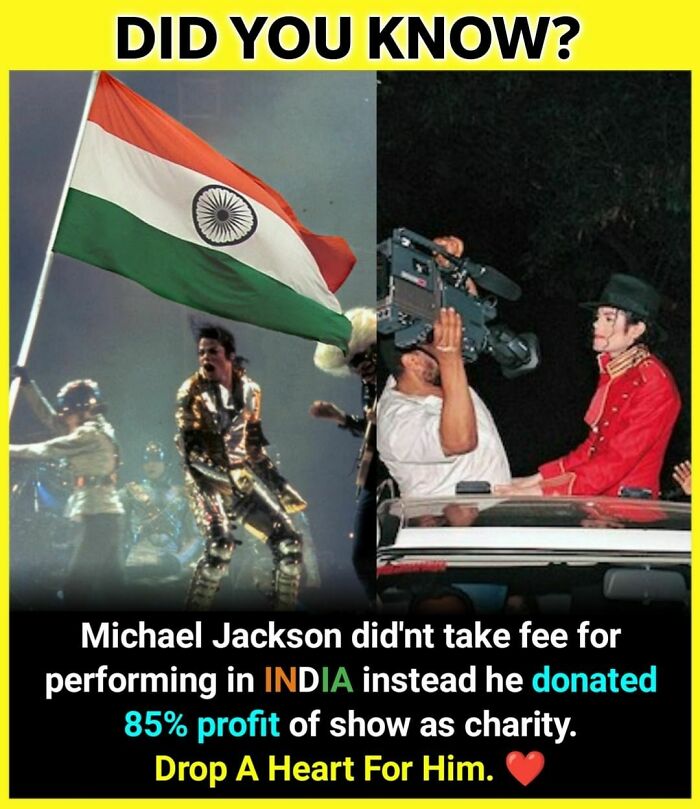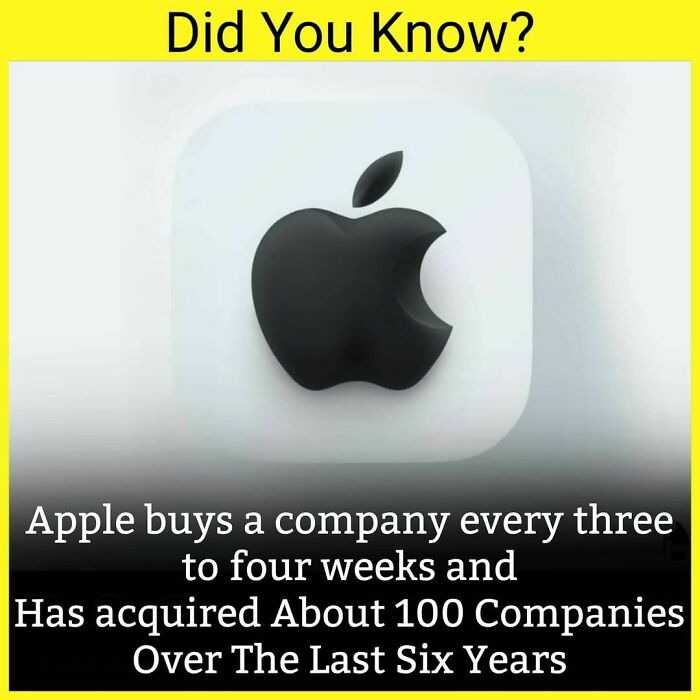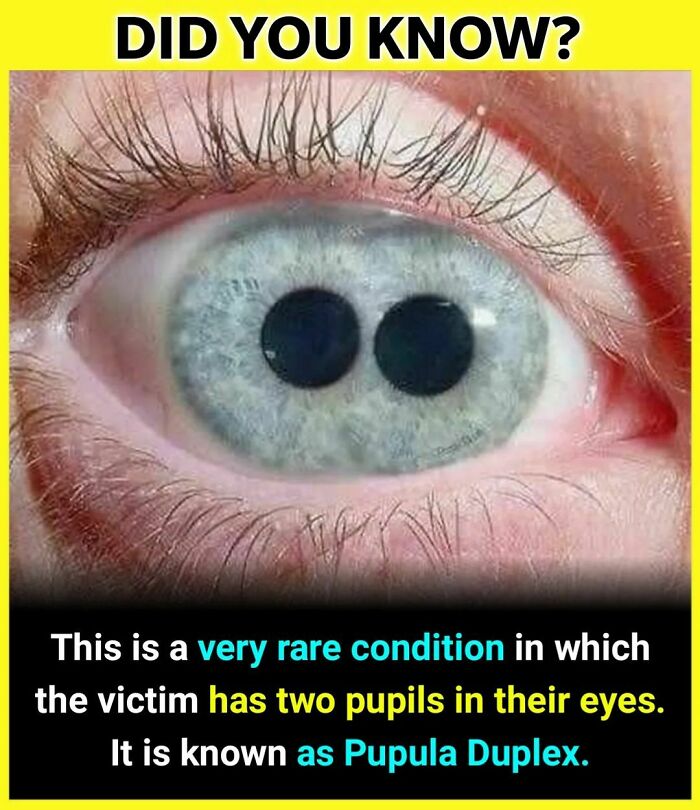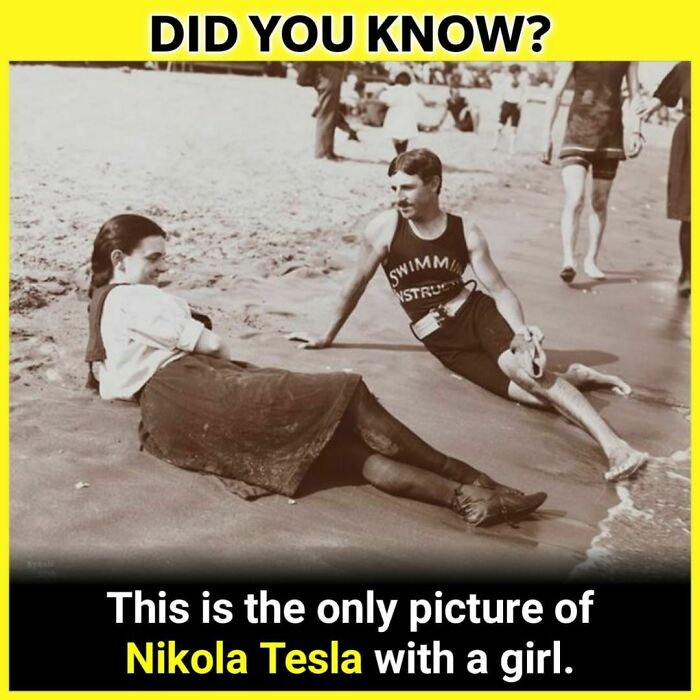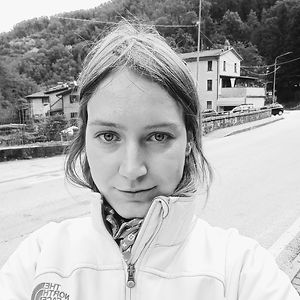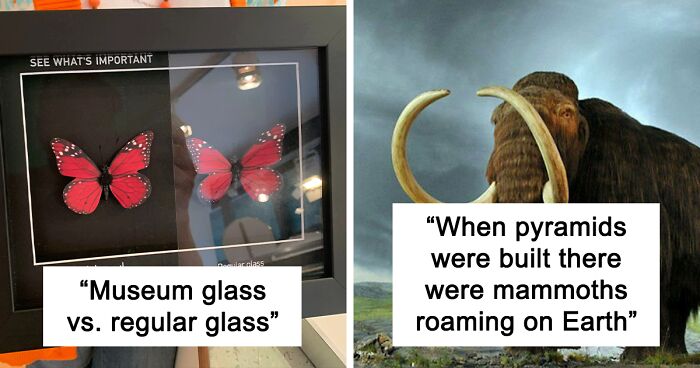
The ‘Facts Encyclopedia’ Instagram Is Dedicated To Sharing “Unknown Facts Daily”, Here’re 40 Of The Most Fascinating Ones
With the rise of educational pages, it has become obvious that social media has so much more to offer than fakery that destroys people’s mental health and irrational obsession with looks. Accounts with random facts and trivia, cool historical photos and ‘did you know that?’ interesting stories seem to be popping up everywhere right now, because the demand is big. You see, it seems like people really want to get something useful out of their feeds.
This Instagram page titled “Factopedia” follows the trend by sharing “unknown facts daily” and “must-see stories” for their 111k followers. Their series of “Did you know?” posts is an absolute treat for anyone who’s thirsty for easily accessible knowledge.
Scroll down through the handpicked selection below, upvote your favorite facts as you go and be sure to check out more weird facts that might give you a fresh perspective and interesting facts about practically everything you might not have known.
This post may include affiliate links.
It’s no secret that all facts we find on social media have to be taken carefully. You see, with so much false information and fake news spread around online, it becomes increasingly difficult to tell facts from fiction. But in order to find out how to do just that, we spoke with Daniel Markuson, the cybersecurity expert at NordVPN, a while ago. He happily shared some insights into the topic, and they may help to train your eye to make sure you get legit information from the internet.
That was nice of her. It can't be easy to go off book like that when you are queen.
Daniel explained that there is no foolproof method to separate truth from misinformation. However, a general rule of thumb is to check the source’s credibility. “This particularly applies to social media platforms because they are optimized to increase engagement and lack appropriate gatekeeping features that filter out misinformation.”
“It is also important to weigh the claims against other sources. If a publication makes monumental claims that are exclusive to that platform, do not take them at face value,” he added.
In order to determine, you may want to look for some red flags. Daniel argues that unreliable news sources impersonate well-known ones by misspelling their names in the URL. “Similarly, they might use unconventional domain extensions instead of the usual '.com' or '.org.' In general, make sure that your news comes from established, well-known sources. These types of outlets get information directly from primary sources and must uphold their reputation.”
If you’re still not sure, Daniel suggests looking into the author, researching them, and making sure their credibility is up to par. “It is also important to weigh our own perception and not let our biases skew our understanding of events. Seek out differing opinions and try not to associate facts with ideological dogma.”
This is a misleading statement. It broadens the scale to the entire universe, which would include Uranus and Neptune where it rains diamonds. Nevertheless, I value wood much higher than diamonds.
Fake news has become so widespread due to factors that concern both the content of the messages and the technological foundation of platforms on which the news is proliferated, Daniel told us previously. He explained: “Fake news is usually related to current affairs and makes remarkable, emotion-inducing claims. This, combined with the fact that social media platforms collect data on what kind of posts users spend the most time on and feed them content with similar characteristics, provides the perfect conditions for the spread of misinformation.”
The problem would be with maintenance. Could probably do the same in Australian deserts but because they are so uninhabitable and far from everywhere, it's just not feasible.
Right, because calling them "Strawberry Popsicles" could lead to some horrible confusion by folks seeking a lick for themselves.
Don't quote me on this coz I have never tried it but I have heard there isn't a huge taste to saffron and is mostly used for colour. So isn't it a bit of a waste of time, energy and money?
uhh...what? Ram Sethu is a natural rock formation. it was never built.
So instead of sewing we should teach bees to fly back and forth through fabric?
All the misspellings and grammatical errors should make you wonder how many of these facts are fake
Did you know you probably can't remember the first Fact by now without scrolling back up?
All the misspellings and grammatical errors should make you wonder how many of these facts are fake
Did you know you probably can't remember the first Fact by now without scrolling back up?

 Dark Mode
Dark Mode  No fees, cancel anytime
No fees, cancel anytime 






